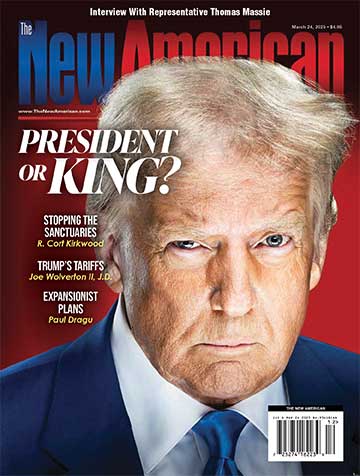
The U.S. government on December 2 approved 13 batches of human embryonic stem cells, opening the door for researchers to receive millions of dollars in federal money to finance their research. This comes as a result of President Barack Obama lifting the restrictions on human embryonic stem-cell research enacted by the previous administration under George W. Bush.
But the President could not end another restriction placed by Congress called the Dickey-Wicker amendment, which prevents federal funds from being used for the production of human embryonic stem cells because the human embryo is destroyed in the process. The way around this was for private dollars to be used.
The batches are known as lines, and according to Dr. Francis Collins, director of the National Institutes of Health (NIH), two researchers at Harvard University and Rockefeller University made these approved lines using private funds. "Today we are announcing the approval of the first 13 stem cell lines," Collins told reporters via telephone.
The NIH established a panel to examine which stem-cell lines met certain ethical restrictions. For example, the cells must have been made using an embryo donated from leftovers at fertility clinics, and the parents must have signed their consent.
These embryonic stem cells are desired because of their potential ability to become virtually any cell in the human body. But the fact that the embryo is sacrificed to obtain the cells causes pro-life activists to oppose this process.
Collins said the lines approved by the NIH are a good compromise balancing the potential benefits against ethical concerns. "I think the broad consensus among most of the public … is that stem cell research of this ethically acceptable kind should go forward," he said. "These were derived from embryos derived under ethically sound consent processes."
Collins said the panel had an easy time approving these first 13 lines because they were “open and shut” cases. Ninety-six more lines are being reviewed, so Collins expects more approvals in the near future.
"I think people are champing at the bit," Collins said. "This is the first down payment in what is going to be a much longer list of such lines."
Dr. George Daley of the Harvard Stem Cell Institute in Massachusetts created 11 of the 13 lines starting in 2006 with private donations. But with private money falling off due at least partly to poor economic conditions, Daley has grown more desperate for federal funds.
"It is a huge boost. It is a stimulus to my research," declared Daley during an interview. He has recently been able to hire three technicians because of taxpayer dollars being doled out by the current administration. "I can point to people and say ‘Thank God for Obama — you’re here.’ "
One wonders if Daley might be off in suggesting that God should be thanked for Obama’s opening of the door to embryonic stem-cell research. While the NIH may consider these cell lines to be ethically acceptable merely because the parents signed a consent form, the reality is that human life is too precious to be destroyed just because the parents give their permission.
Adult stem cells are already providing the cures that embryonic stem-cell researchers can only dream of. For example, the Family Research Council blog on December 2 pointed to a number of adult stem-cell success stories dealing with the treatment of lung disorders.
There can be no justification for sacrificing innocent human life to advance medical research when there are successful alternatives dealing with such things as adult stem cells and umbilical cord blood stem cells.
Photo of NIH Director Dr. Francis Collins: AP Images




